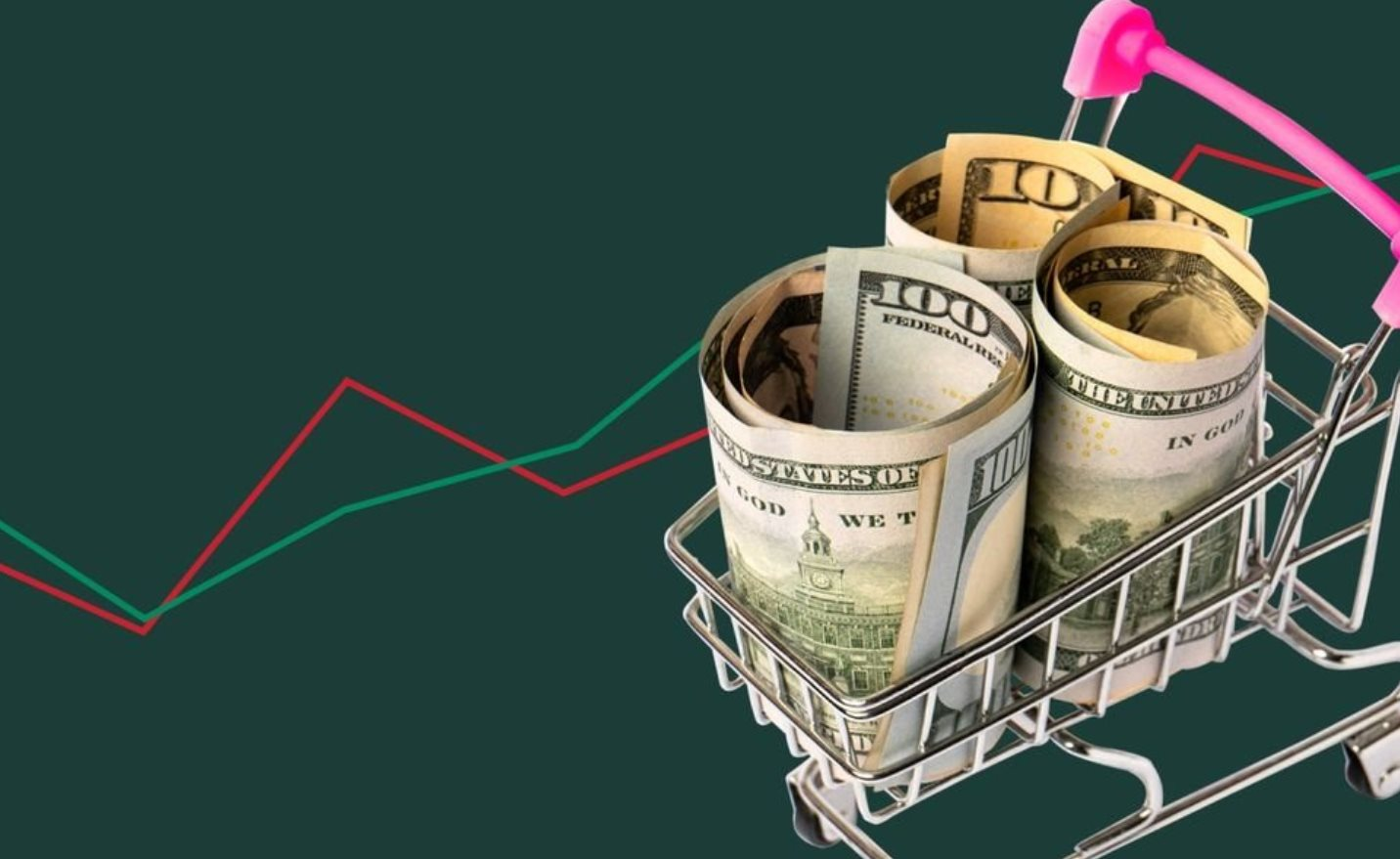The Federal Reserve’s (Fed) preferred inflation measure in May hit its lowest level in more than three years.
The headline personal consumption expenditures (PCE) price index was flat in May and up 2.6% year-over-year, according to a June 28 report from the U.S. Commerce Department. The numbers were in line with Wall Street expectations.
Meanwhile, the core PCE price index (excluding volatile food and energy) rose just 0.1% in May from the previous month and also rose 2.6% year over year. Both figures were in line with Dow Jones’ forecasts. May marked the smallest monthly increase since March 2021.
In addition to inflation-related numbers, the Bureau of Economic Analysis reported personal income rose 0.5% in May, better than the 0.4% forecast. However, consumer spending increased slightly by 0.2%, weaker than the forecast of 0.3%. This signals that Americans are more cautious with their money.
Americans spent a lot of money in the second half of 2023, but they slowed down at the start of the new year. Lingering inflation and high interest rates are headwinds. Consumer spending is the main driver of growth, accounting for about 70% of the economy. A drop in spending is often a precursor to weaker economic growth.

Households aren’t saving much either. The savings rate rose to 3.9% in May, but remains around its lowest level on record.
Stock futures rose immediately after traders received the inflation data report favored by the Fed. S&P 500 futures rose 0.4%, Nasdaq Composite rose 0.5% and Dow Jones added 0.1%. The market officially closed the first half of 2024 on Friday, June 28.
Inflation data is considered the most important by investors, because it is the basis for the Fed to consider when to start cutting interest rates. If inflation continues to decline, the Fed could start cutting interest rates in the fall.
According to CME Group’s FedWatch Tool, traders are currently predicting a 59.5% chance that the central bank will lower interest rates at its September meeting.


